The Birth of Messiah
The Birth of Messiah
O Come Let Us Adore Him!
New Perspectives
Print the PDF
(See also A Chronology of Jesus Birth. This writing merges the Biblical accounts of His birth and is great for family reading. Print the PDF here.)
- When was He born?
- Where was He born?
- What did the wise men know?
“I glorified You on the earth having accomplished the work You have given Me to do. Now, Father, glorify Me together with Yourself, with the glory which I had with You before the world was.” (John 17:4-5)
Yeshua Messiah existed before all time. His physical birth into the world allowed our finite frames to see and receive His glory. He visited us and accomplished our redemption! (Luke 1:68) So, when was He born?
When was He born?
People have varying beliefs about the time of Yeshua’s birth into the world. Some say He was born in the fall on the Feast of Tabernacles; others say this Feast will be fulfilled at Yeshua’s return. Jonathan Cahn, an American Jewish author, gives reason His birth was on Nisan 1, the first day of the Jewish new year. Regarding the December 25th date, although there have been many reasons put forth for this date good and bad, there is no sure evidence or consistent scholarship.
Does it matter when Messiah was born? Is His birth something we should celebrate? I believe that everything about Him should be celebrated! The angels, shepherds, and wise men celebrated His birth! When “the Word became flesh and blood and dwelt among us, and we beheld His glory, the glory as of the only Begotten of the Father, full of grace and truth!” (John 1:14), His entrance changed the world!
Scripture teaches that Messiah came into the world at the perfect time: “But when the fullness of the time came, God sent His Son, born of a woman, born under the Law, so that He might redeem those who were under the Law, that we might receive the adoption as sons and daughters.” (Galatians 4:4-5)
Some Perspective to Consider
Even if He was not born on December 25, the holiday is still an opportunity to declare the Savior Who came into the world for all mankind! Many carols are full of detailed truth. It is thrilling to hear their words ring out across the land! Also, December is a time when people are open to receive cards and gifts when they otherwise might not be open. At other times of year, it might seem strange to give a gift to a bank teller or a grocery worker; but, Christmas opens the door for “excuses” to give and gather.
Yes, the enemy has tried to confuse and destroy the truth of all aspects of Yeshua’s life; but the Lord turns his schemes into light, redemption, and joy for those who are the called according to His purpose (Romans 8:28)! The cold, dark winter seems a perfect time to celebrate The Light of the world!
At the same time, since I think it is fun to discover as much as I can about Yeshua including His birth, I have looked to Scripture for clues. I tend to agree with Jonathan Cahn that His birth was Nisan 1. If you don’t agree, that is fine. My exploration of Scripture and joyful discovery of His life is my only motive. The following facts may point to Nisan 1 as the date:
- When Yeshua was born in Bethlehem, the shepherds were watching their flocks by night. They watched them at night during the spring when the sheep gave birth to lambs.
Fulfilled in Yeshua: The Lamb of God was born when the lambs were being born under the watch of His first witnesses, the shepherds!
Conclusion: Jesus was born in the Spring.
- The lambs in Bethlehem were raised specifically for the Temple sacrifices in Jerusalem. They were required to be one year old when killed on Nisan 14 for Passover (Exodus 12:5) and so would have been born one year earlier in Nisan.
Conclusion: Yeshua was born in the month of Nisan.
- Yeshua was born during Rome’s census when all males were required to be in their home cities; Rome would not have conducted a census during Passover on Nisan 14 or the week after during the Feast of Unleavened Bread when all males were required to be in Jerusalem.
Conclusion: Yeshua would not have been born on Nisan 14 or the week after.
- Nisan 1 is the Biblical first day of the new year (Exodus 12:2).
Fulfilled in Yeshua: Yeshua ushered in the new covenant, a new day!
Possible Conclusion: The advent of Yeshua was New Year’s Day.
- The Tabernacle was erected on Nisan 1 (Exodus 40:2,17).
Fulfilled in Yeshua: God first dwelt among His people in a tabernacle that foreshadowed the greater Tabernacle to come (Hebrews 9:11-12)! The Apostle John wrote, “The Word of God was made flesh and dwelt or tabernacled among us.” (John 1:14)
Possible Conclusion: Since the Old Testament points to Yeshua, was He born on the date the Tabernacle was completed, Nisan 1? Next year, 2022, Nisan 1 will be on Saturday, April 2!
Where was He born?
While we were in Israel in 2019, we visited a 2,000-year-old, typical, first-century Judean dwelling. (To read the The Judean Home and see photos of the main floor, upper room, and lower level, please visit ShaleFragments.com)
The upper room was called the Aliyah. Aliyah is a Hebrew word meaning the act of going up or elevated place. Hospitality was infused into the Jewish culture, so every home had steps leading up from the main floor to an Aliyah that was used for guests and travelers.
Luke 2:7 reads, “And she gave birth to her firstborn son and wrapped Him in cloths and laid Him in a manger [feeding trough] because there was no room for them in the inn.” The Greek word for inn is kataluma meaning guestchamber. The guestchamber in this culture was the Aliyah in each Jewish home. It was not a hotel.
Many people would have been travelling during that time, either to their cities for the census or on their way to Jerusalem through Bethlehem for the Passover feast weeks later. The Aliyahs in all the homes would likely have been full. Joseph and Mary may have been offered what was left – the lower level where the family’s animals were kept at night.
Scripture doesn’t say, but it is likely that women attended Mary and offered blankets and other provisions from the main floor of their homes. The lower-level room was hidden around and underneath the main floor, so it would have been private and perfect for such an intimate time as the birth of a child. Maybe the Lamb of God was born surrounded by resting sheep at night, possibly donkeys, too. Maybe the sheep in the enclosed area gave warmth until they could find a home of their own nearby. Wool is warm and bacteria cannot live in it.
What did the wise men know?
The magi were astronomers. Their prophetic wisdom and keen observation made them advisers to the nobles of their eastern lands. A series of prophecies were spoken during the exile of God’s people in these lands, so there was an expectancy of a star that would indicate a King Deliverer.
- Balaam prophesied (Number 24:17) – I see him, but not now; I behold him, but not near; A star shall come forth from Jacob, a scepter shall arise from Israel...
- Isaiah prophesied (7:14) – Therefore the Lord Himself will give you a sign: Behold, the virgin shall conceive and bear a Son, and shall call His name Immanuel.
- Micah prophesied (5:2) – But you, Bethlehem, in the land of Judah, are not the least among the rulers of Judah; for out of you shall come a Ruler Who will shepherd My people Israel.
The Star the wise men followed (This information is condensed from the research of Henry M. Morris, PhD)
- It was a star. It was not an angel, planet, meteorite, comet, atmospheric guiding light, glory cloud, or conjunction of two or three planets. The magi would have been familiar with these displays, but still called it a star. There was no tail as big as a kite, and Scripture says they saw the star only twice.
- The star was most probably a nova or a supernova. These stars are sudden, rare explosions of existing stars. They begin as ordinary stars and suddenly increase in brilliance, continue for months, then fade away. (The oldest recorded novas occurred in 1054 AD, 1572 AD, and 1604 AD.)
- W. Maunder, a great Christian astronomer, Superintendent of the Solar Department of the Royal Greenwich Observatory for 50 years and president of the British Astronomical Observatory, concluded that a nova was the only logical explanation for the Star of Bethlehem.
- Ignatius, a church father who died in 107 AD wrote of the star, “It was a star which so shone in heaven beyond all the stars, its newness caused excitement.”
- The wise men knew Israel’s prophecies announcing their coming King. Once they saw the star they had longed to see, much time would be needed to assemble an entourage of servants, guards, supplies, and gifts for the holy child before they set out on the long journey.
- Since the night sky changes as the earth orbits around the sun, stars that were seen at one time during the year may have been lost to them, and in the daytime, they were hidden by the sun’s brightness. Most likely, the Magi could not see the star as they travelled, but they didn’t need it to guide them. They knew the King would be in Israel.
- When the Magi arrived in Jerusalem months to two years later, they cited Micah 5:2 to Herod as evidence that Messiah would be born in Bethlehem (See Matthew 2:1-12). So, Herod sent them there in search of Him. As they journeyed toward Bethlehem six miles away, they suddenly saw the Star again and “rejoiced exceedingly with great joy.”
- “And lo, the star they had seen in the east went before them until it came and stood over where the Child was” indicating the star was right there in front of them. It had reached its highest position over Bethlehem. “And they came into the home and saw the Child with Mary His mother, and they fell down and worshiped Him…”
Father, we fall down and worship You!
Hark! The Herald Angels Sing
Text by Charles Wesley; melody by Felix Mendelssohn
Hark! The herald angels sing
“Glory to the newborn King!”
Peace on earth and mercy mild,
God and sinners reconciled!
Joyful all ye nations rise
Join the triumph of the skies
With angelic host proclaim
Christ is born in Bethlehem
Mild He lays His glory by
Born that man no more may die
Born to raise the sons of Earth
Born to give them second birth
Veiled in flesh the Godhead see
Hail the incarnate deity
Pleased as man with men to dwell
Jesus, our Immanuel
Hail the Heaven-born Prince of Peace
Hail the Sun of Righteousness
Light and life to all He brings
Risen with healing in His wings!
Christ, the highest heaven adore
Christ, the Everlasting Lord
Come, Desire of Nations, come
Fix in us Thy humble home!
Three photographs of the first-century Judean home I took while in Israel at Taybeh. See the steps leading up to the main floor. Then, on the far left, see the door and steps leading up to the aliyah. On the right and down below is the lower-level floor similar to where Mary may have given birth to Yeshua.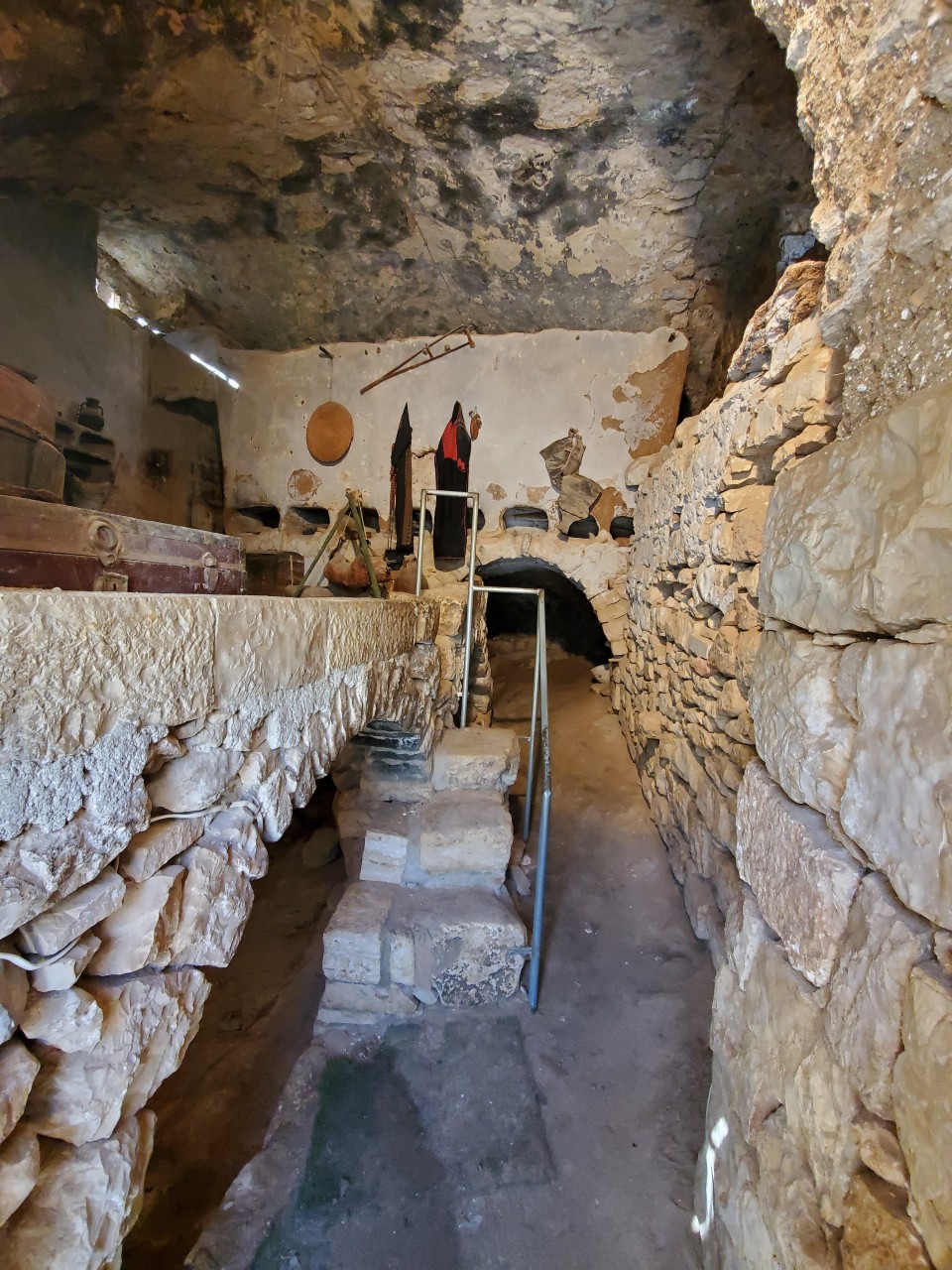
This photograph shows the area above the wall of the aliyah, so you can see inside the aliyah or upper room.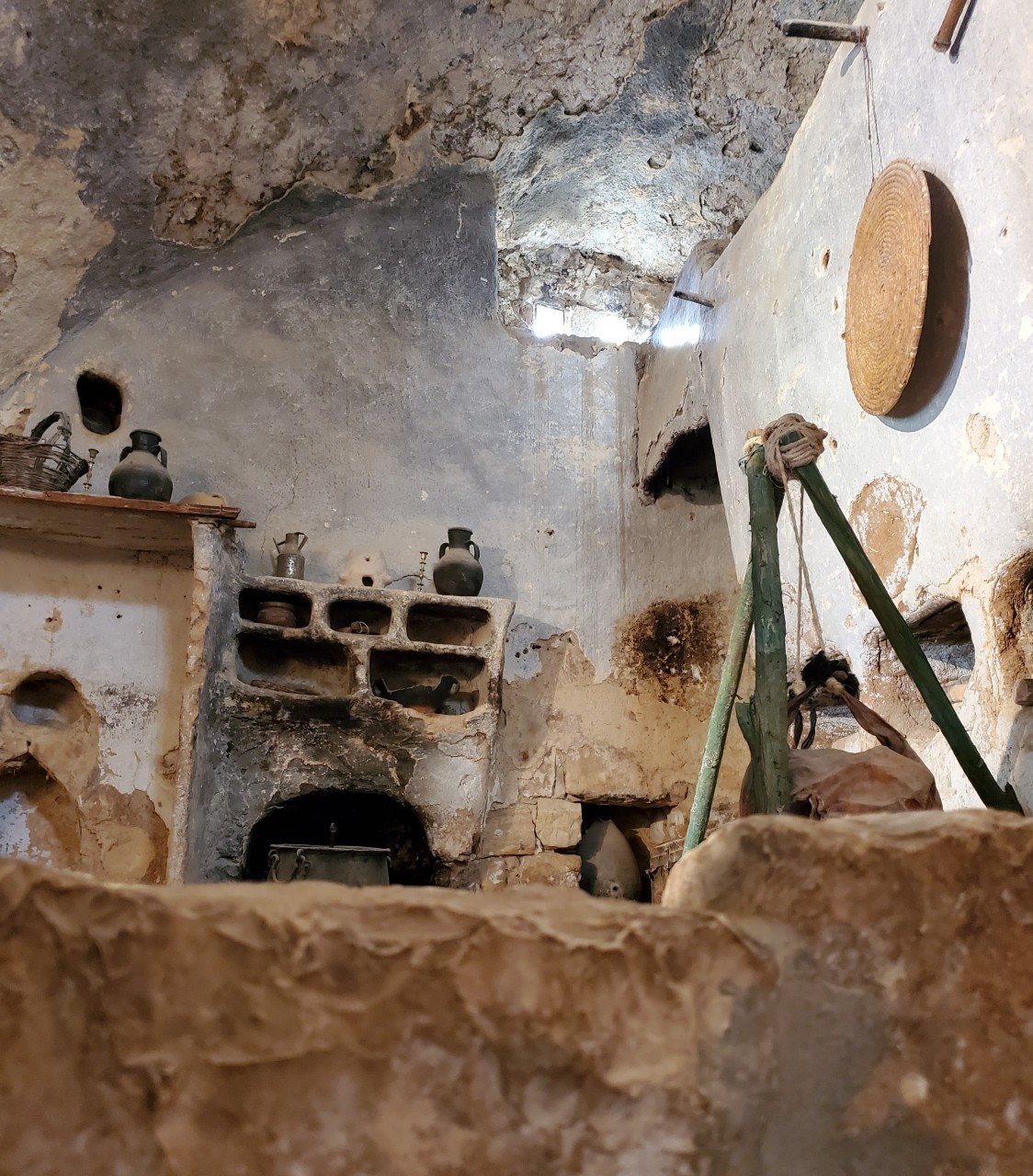
This photograph is a close-up of the lower-level room where the family's animals would have stayed at night.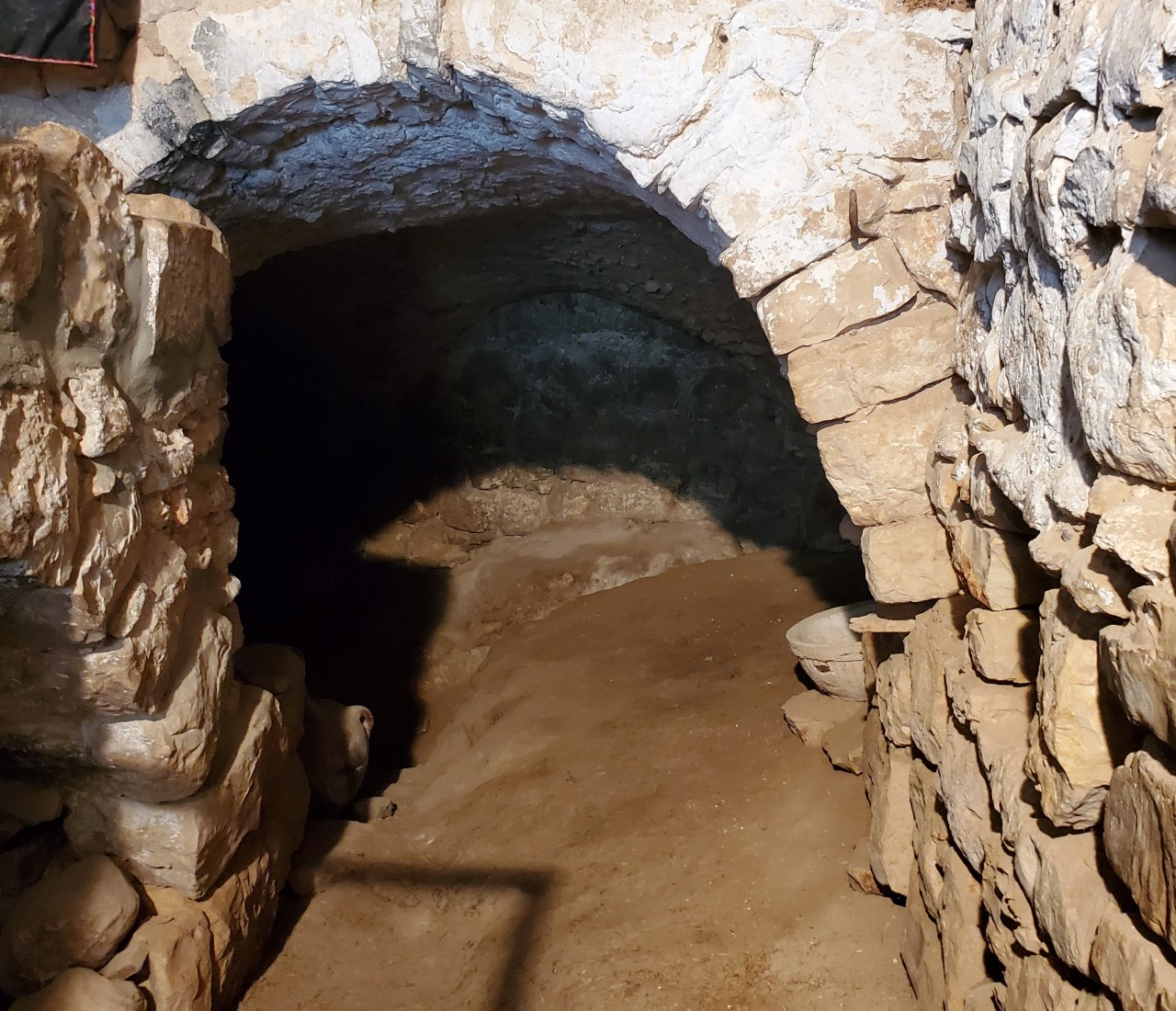
Shale Fragments™ - devotionals by Beth Ann Phifer is a division of Flower Girl Greetings, LLC. ©2020, All Rights Reserved.
Blessings and love in Him,
Beth Ann
When you subscribe to the blog, we will send you an e-mail when there are new updates on the site so you wouldn't miss them.
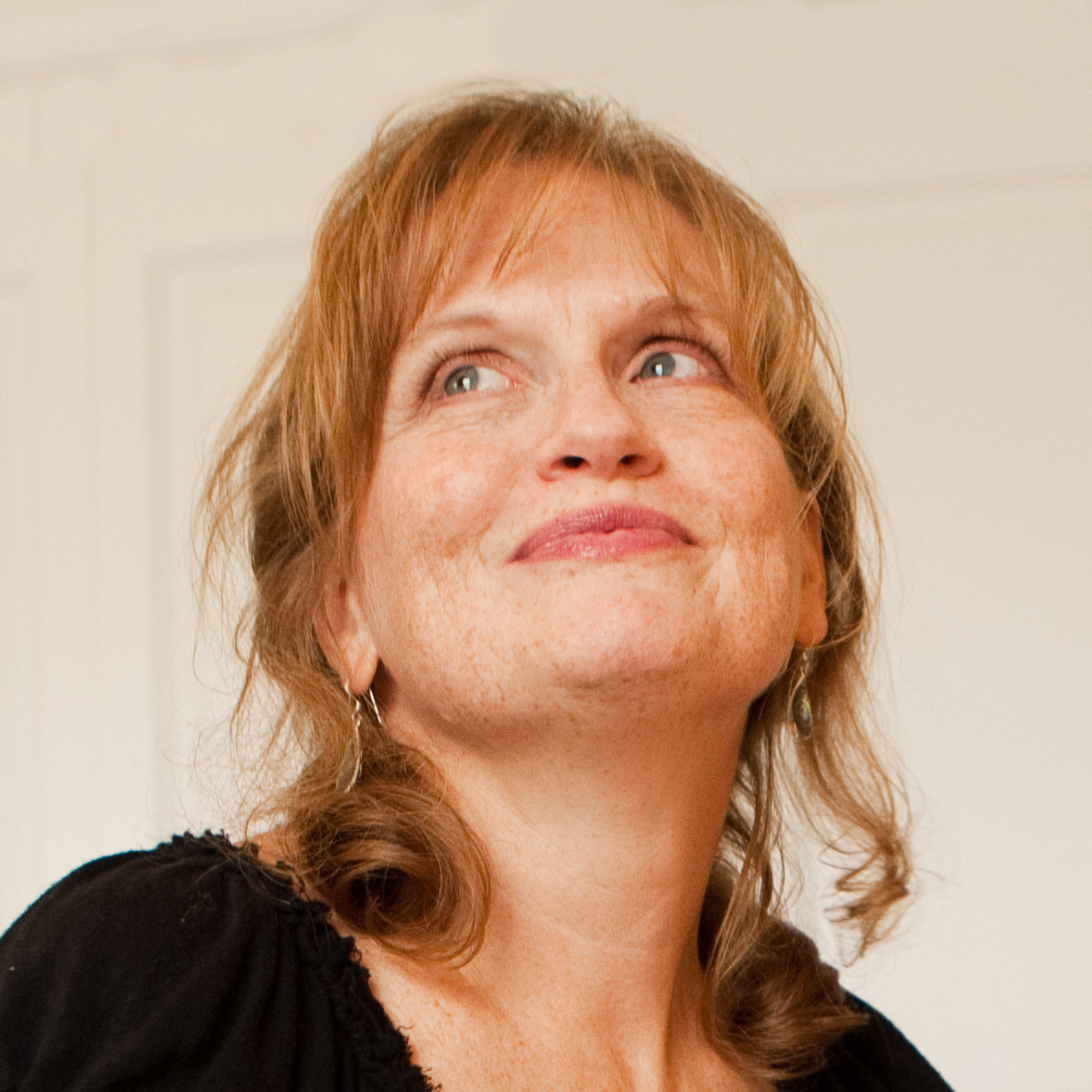
Welcome to Shale Fragments, a collection of writings and art for individual and group use!
Teaching God’s truth and the beauty of His Word is my greatest delight! My art card company, Flower Girl Greetings, was launched in 2012 with this purpose. In April 2020, ShaleFragments.com became the gathering place for the writings.
As I have studied the rich meanings of the original Greek and Hebrew languages of the Bible, I continue to see beautiful progressions and connections that compel me to organize and convey their life-changing beauty!
Please click on each category to access a list of contents or scroll through the posts. To receive Shale Fragments updates, please subscribe here.
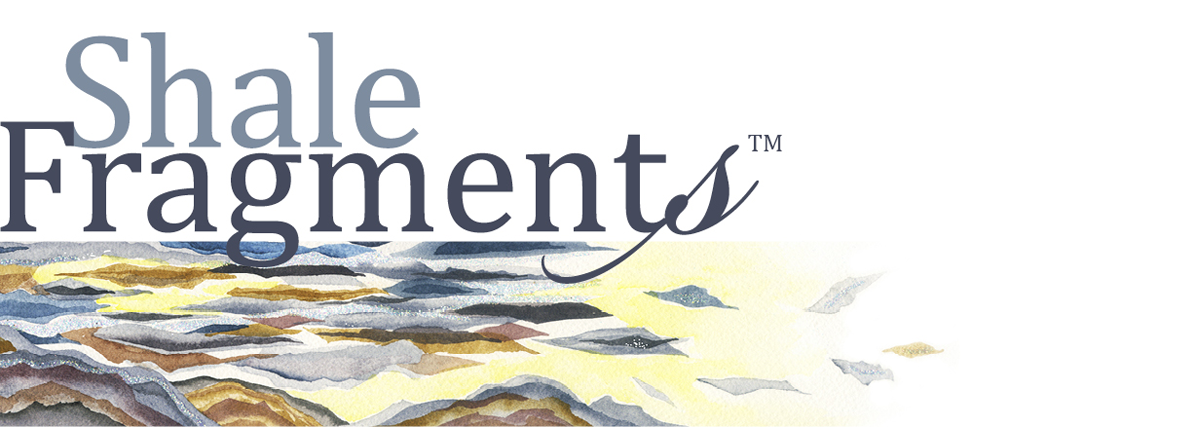

Comments 1
Thank you for such a beautiful and truthful account of our Lord’s birth. I can’t wait to share with our congregation. I agree with Yeshua being born Nisan 1. Amen